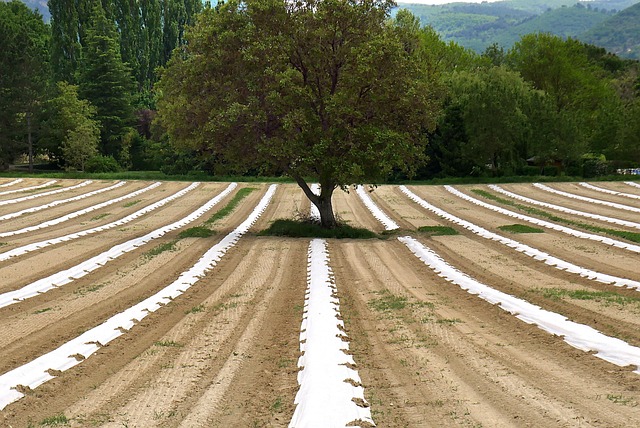Understanding the Challenge of Desertification
Desertification, the relentless degradation of fertile land into arid wastelands, poses one of the most pressing environmental challenges today. Climate change accelerates this process by intensifying droughts, shifting rainfall patterns, and increasing temperatures, all of which severely affect soil health and agricultural productivity. For communities living in vulnerable regions, the consequences are devastating: dwindling food security, lost livelihoods, and forced migration.
Agroecology: A Healing Approach for Arid Lands
Amid this crisis, agroecology emerges as a beacon of hope and resilience. Rooted in sustainable farming practices and ecological principles, agroecology works in harmony with nature to restore the vitality of degraded landscapes. Unlike conventional agriculture, which often exacerbates soil depletion and environmental harm, agroecology prioritizes biodiversity, natural resource conservation, and local knowledge.
How Agroecology Fights Desertification
- Soil Restoration: Techniques such as crop rotation, intercropping, and the use of organic fertilizers rebuild soil organic matter, improving fertility and water retention essential for arid zones.
- Water Conservation: Agroecological methods incorporate rainwater harvesting, mulching, and contour farming, reducing erosion and optimizing scarce water resources critical under changing climate conditions.
- Promoting Biodiversity: Supporting diverse plant species enhances ecosystem stability, pest resistance, and nutrient cycling, creating a buffer against climate-induced stresses.
- Empowering Communities: By integrating traditional knowledge and fostering local participation, agroecology strengthens social resilience and adaptive capacity in the face of environmental uncertainty.
The Environmental and Climate Benefits
Beyond rehabilitating land, agroecology contributes significantly to climate mitigation. Healthy soils act as carbon sinks, drawing down greenhouse gases from the atmosphere. Additionally, sustainable farming practices reduce dependency on chemical inputs, lowering carbon footprints. As a result, agroecology aligns ecological restoration with climate action, creating a virtuous cycle of environmental health.
A Shared Responsibility for a Sustainable Future
Reviving arid lands through agroecology is not merely an agricultural endeavor—it is an urgent environmental imperative. By embracing agroecological principles, we recognize the interconnectedness of climate, land, and humanity. Each effort to heal the soil and nurture biodiversity is a step toward securing the future for current and generations to come.


